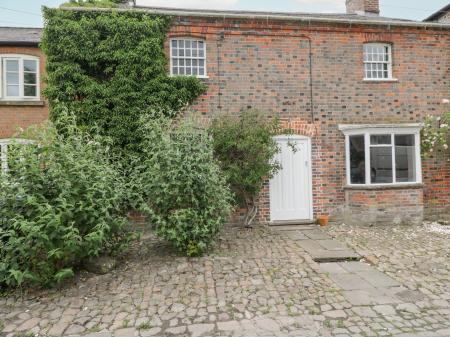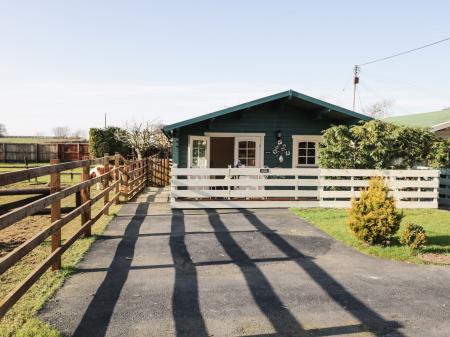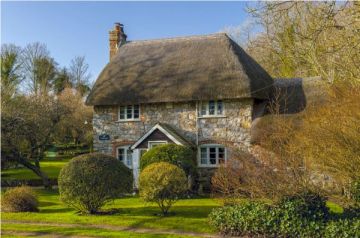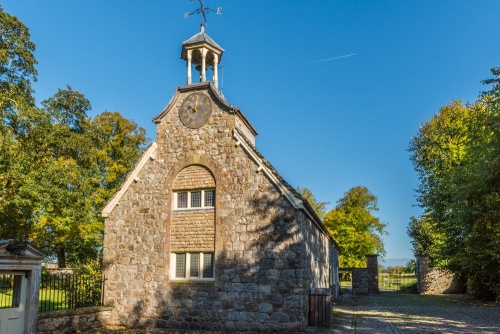
Alexander Keillor was a member of the Keillor family, successful makers of marmalade. More importantly, he devoted decades of his life to exploring the archaeology of Avebury and the surrounding area. He established the museum here to display his finds from excavations at Avebury and Windmill Hill, which overlooks the village. The museum was opened in 1938.
The museum depicts in detail how Keillor surveyed and excavated the archaeological remains at Avebury. Many of his techniques were well ahead of his time; for example, he was one of the first to make extensive use of aerial photography.

Museum Highlights
Perhaps the most interesting exhibit from a human interest viewpoint is a collection of objects found with the 'Barber Surgeon' skeleton at the base of one of the standing stones. When the stone was investigated, the skeleton of a man was discovered, and with it a number of medieval objects that suggested the man was a barber-surgeon and had perhaps died when a stone collapsed on him.
Among the objects on display is a rusted pair of scissors, coins, a buckle, and an elongated iron object that might be a medical probe.
There are several pottery sherds and some complete pottery vessels from excavations at Windmill Hill. These are among the oldest pottery vessels ever found in Britain. Another highlight is a beautifully-preserved pottery vase found in a grave on the West Kennet Avenue of standing stones. From Silbury Hill comes a bronze bracelet from the late Iron Age - roughly 2,700-2,900 years ago.
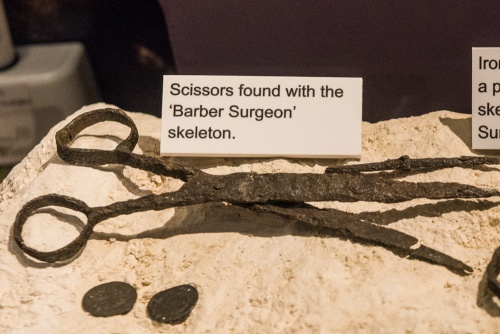
The most poignant exhibit is the skeleton of a young child unearthed at Windmill Hill. Also from Windmill Hill is a collection of animal bones from the Neolithic period including the jawbone of a cow dating back 5,500 years. Perhaps the most remarkable discovery from Keillor's excavations at Windmill Hill is the complete skeleton of a young goat, found in a ditch and thought to date to the Neolithic period.
Admission to the museum also permits entry to the Barn Galleries nearby, which has exhibits showing how people may have lived at Avebury at the time the great henge and stone circle was built. You can also get a joint ticket for the museum and Avebury Manor, where Keillor lived for many years.
Avebury Manor is a lovely Tudor manor house and garden, now preserved by the National Trust.
The Alexander Keillor Museum is small, but you will want to take your time; there is a lot to see, and the museum will help explain a lot about the development of the complex of ancient sites at Avebury. Highly recommended.

Getting There
The museum is located in a historic stable building just outside the gates of Avebury Manor. There is one visitor car park in Avebury, operated by the National Trust. The car park is on the edge of the village, on the A4361, just off the A4 at Beckhampton. There are very clear pedestrian signposts from the car park, pointing you to the museum, the manor, and the henge.







 We've 'tagged' this attraction information to help you find related historic attractions and learn more about major time periods mentioned.
We've 'tagged' this attraction information to help you find related historic attractions and learn more about major time periods mentioned.